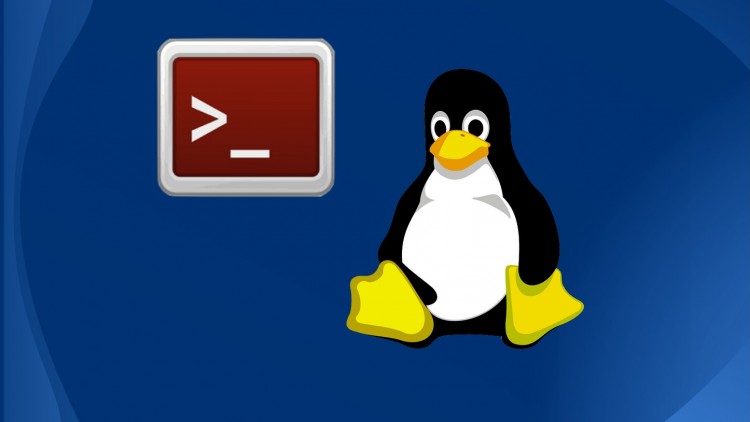Introduction to Linux
Introduction to Linux
Linux is an operating system, which is a special computer program (software) that controls the computer
(hardware). It is the software on a computer that enables applications and the computer operator to access the devices on the computer to perform desired functions. The operating system relays instructions from an application to the computer's processor. The processor performs the instructed task, then sends the results back to the application via the operating system.
Architecture of Linux

Basic block diagram of a Linux Operating system
» Hardware
The physical devices that make up a computer are referred to as hardware. Computer hardware includes all the electrical, mechanical, and the electronic parts of a computer.
» Kernal
The kernel is the lowest layer of the operating system, and accounts for hardware devices. This layer is machine dependent, unlike the rest of the operating system. The kernel is the heart of the operating system. It interacts with hardware and most of the tasks like memory management, tash scheduling and file management.
» Shell
Users of Linux systems do not interact directly with the kernel. User commands are sent to the kernel via a shell. This part of the operating system is a high-level programming language that interprets user commands, executes the appropriate program, sends requests to the kernel, and delivers the resulting output to the user. The shell is an interface that lets you customize your user environment and automate complex operations.
» Application
Application programs giving user most of the functionality of the operating system.
» User
System users are who intracts directly with the system and application software.
